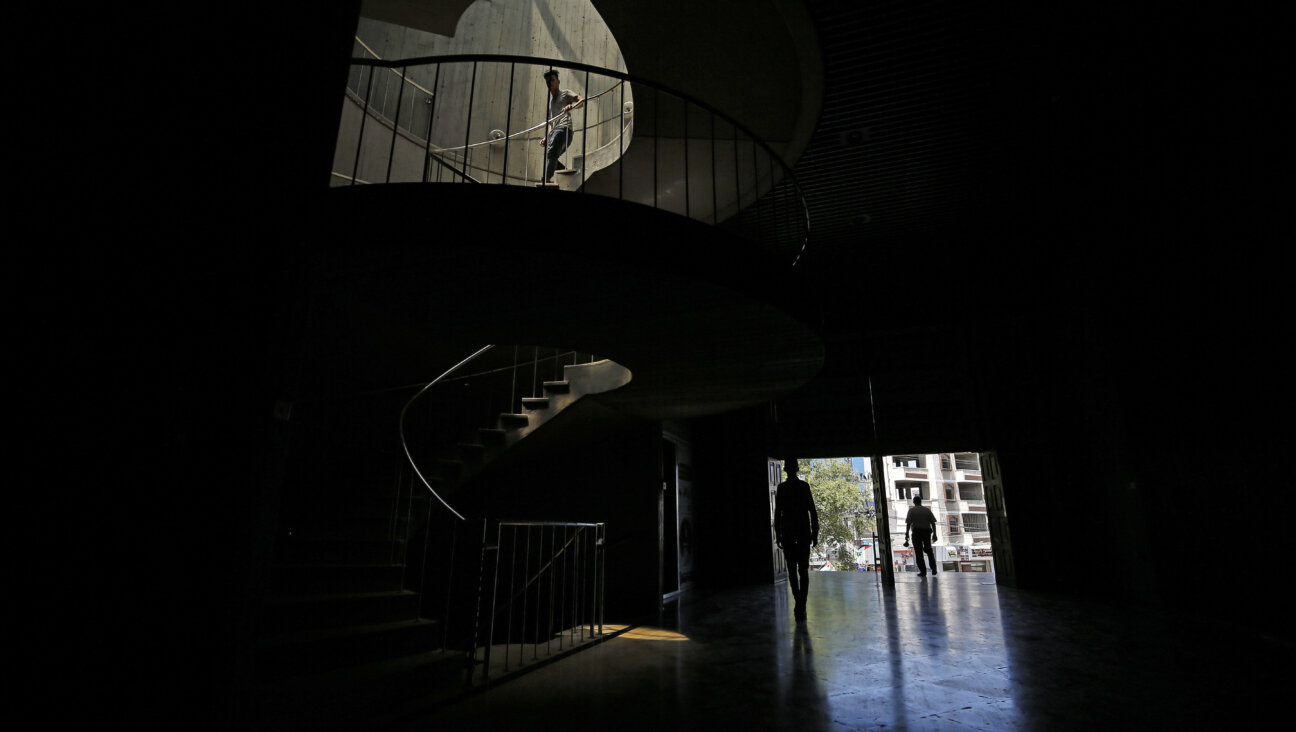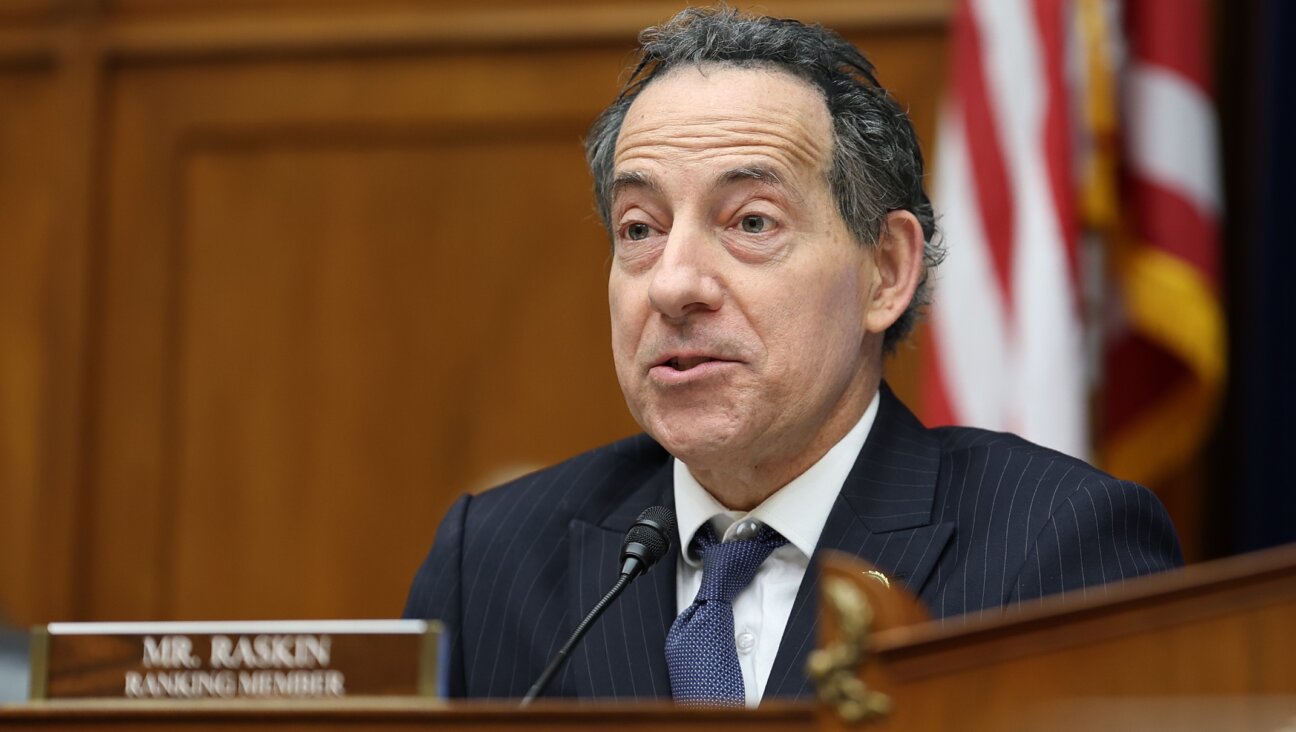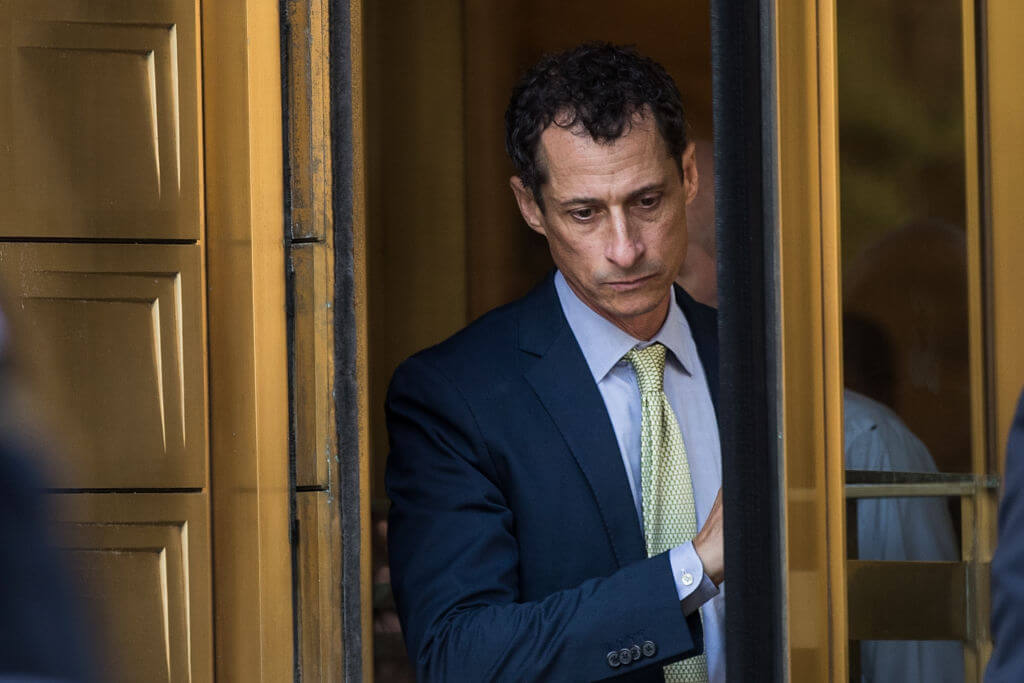Should Madoff’s Winners Give Back to Losers?

After The Debacle: Bernard Madoff?s Ponzi scheme has left a court-appointed trustee to seek recovery wherever he can. Image by GETTY IMAGES
Victims of Bernard Madoff appear to be deeply divided over the latest idea for recovering some of their lost money.

After The Debacle: Bernard Madoff?s Ponzi scheme has left a court-appointed trustee to seek recovery wherever he can. Image by GETTY IMAGES
The court-appointed trustee for the liquidation of Madoff’s investment firm announced last month that he may attempt to get back some of those funds from charities that made a profit during the course of their investments with Madoff — an action federal law provides for on the principle that those “profits” came not from investments but from the accounts of other investors in the convicted Ponzi schemer’s fraudulent enterprise.
Madoff victim Steven Falk termed this news “horrible.” Falk, who said that he had approximately $340,000 in his Madoff account when the multibillion-dollar Ponzi scheme was revealed last December, added “That’s pointing victim at victim, and that’s not the point.”
Alan Goldstein, a 77-year-old retired owner of a New York textile company, was forced to sell his house when his Madoff investments disappeared. He and his wife moved to California to live in a one-bedroom apartment in their daughter’s house. Goldstein, who first invested with Madoff in 1997, said he understands that the money that charities withdrew beyond the value of their initial investments was theoretically his money, but he still doesn’t believe that they should be asked to return it.
“There’s also a lot of hedge funds and banks that took out a lot of money,” said Goldstein. “They did that for profit, they should be asked to return the money. The charities, they did that for good works, and they shouldn’t be asked to return a penny.”
That is a distinction Ken Gambon does not buy. “I lost more money than I could ever imagine,” with Madoff, said Gambon, 67. “I think the clawback is right for everybody. I think everybody suffered, and I think everybody should be treated equally. I’m a person who has given a lot to charity over the years and volunteered. I’m not anti-charity, [but] we’ve been devastated as a family. Our grandchildren don’t have their college fund anymore.”
The clashing views illustrated the moral complexity of the devastation Madoff left behind when his supposedly $60 billion investment enterprise, holding the accounts of tens of thousands of individuals, charities and for-profit enterprises, was revealed as a fraud.
An article September 1 by Bloomberg News reported that Irving Picard, the court-appointed trustee for the liquidation of Bernard L. Madoff Securities LLC, said that he might bring legal actions against charities that were “net winners” in the Madoff case, confirming earlier speculation by legal experts. These clawback suits would not require the trustee to prove that the charities had done anything wrong, but only that they had withdrawn more than they had invested from Madoff accounts. No such suits have yet been filed.
Of the major Jewish charities that had investments with Madoff and his feeder funds, only Hadassah, the women’s Zionist organization noted for building hospitals in Israel, is known to have withdrawn more than it invested from a Madoff account. Hadassah is reported to have withdrawn $90 million more than it invested from its Madoff account, although it is unknown how much of that money was withdrawn within the six-year New York State statute of limitations for clawbacks.
Yeshiva University, which did not respond to requests for comment, may also be at risk for clawbacks. The university’s initial investment of $14.5 million with Ezra Merkin’s Ascot Fund, which was invested indirectly with Madoff, had reached a purported value of $110 million by November 2008. The university has not responded to inquires about whether it withdrew an amount greater than its initial investment.
Bankruptcy lawyers reached for comment disagreed with those who would give the charities a pass. “Legally speaking, I’m not sure why that makes any difference in terms of who got the funds,” said Victor Bass, the chair of the bankruptcy department at Burns & Levinson. “If you were an individual who invested a million or a charity who invested a million, if you got a million and a half back you still got a half million of someone else’s money.”
Bass acknowledged, however, that the situation is fraught with challenges. “Trying to do what’s right and fair in a situation where everyone got ripped off and the money’s gone is just more difficult than normal,” he said.
While both Yeshiva University and Hadassah have substantial endowments that far exceed any amount they could be asked to return by the Madoff trustee, neither would identify steps the organizations had taken to reassure donors that new donations would not be used to pay off future clawback requests. Pamela Mann, a lawyer specializing in non-profit law and a former chief of the New York State Attorney General’s Charities Bureau, said that while unrestricted contributions could legally be used to pay a clawback, restricted contributions given by donors for specific purposes or projects would be exempt. “The law is pretty clear that restrictions on gifts would be respected by the bankruptcy court,” Mann said.
Bass agreed that restricted gifts would be exempt from a clawback by the Madoff trustee, but said that it would be a difficult strategy to apply to small donations. “The problem is that it’s cumbersome,” Bass said. “If the charity is soliciting $50 contributions from zillions of people, they’re not going to be able to dot i’s and cross t’s and adhere to all the formalities to ensure that those funds are protected.”
To further confuse the situation, some lawyers have brought a suit against Picard that they believe may undermine the legal rationale for clawbacks. A hearing has been scheduled for February to determine whether Picard has been using the appropriate formula to determine which Madoff investors are net losers and which are net winners. Picard has determined net equity by subtracting the amount invested in each Madoff account from the amount withdrawn from each Madoff account, but some argue that the net equity should simply be determined based on the last account statements Madoff sent to his investors.
Helen David Chaitman, a partner at Phillips Nizer and a Madoff victim herself, represents hundreds of other victims. She is among the lawyers who have brought the net equity lawsuit. She says that Picard’s definition of net equity is inconsistent with the definition laid out in the Securities Investor Protection Act, a 1970 federal law under which Picard was appointed.
Picard’s office did not respond to a request for comment.
What is clear is that there is a lot of litigation ahead, both for Picard and those challenging him. “We’re going to be watching this unfold for years to come,” Bass said.
Contact Josh Nathan Kazis at [email protected]
A message from our Publisher & CEO Rachel Fishman Feddersen

I hope you appreciated this article. Before you go, I’d like to ask you to please support the Forward’s award-winning, nonprofit journalism during this critical time.
We’ve set a goal to raise $260,000 by December 31. That’s an ambitious goal, but one that will give us the resources we need to invest in the high quality news, opinion, analysis and cultural coverage that isn’t available anywhere else.
If you feel inspired to make an impact, now is the time to give something back. Join us as a member at your most generous level.
— Rachel Fishman Feddersen, Publisher and CEO























